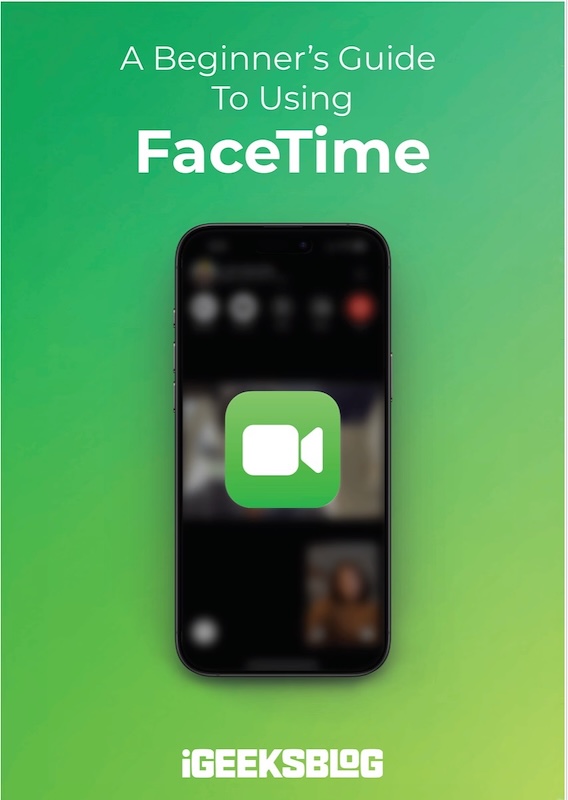
FaceTime Like a Pro
Get our exclusive Ultimate FaceTime Guide 📚 — absolutely FREE when you sign up for our newsletter below.

FaceTime Like a Pro
Get our exclusive Ultimate FaceTime Guide 📚 — absolutely FREE when you sign up for our newsletter below.
Discover how Apple is shifting gears from bulky headsets to AI-powered smart glasses, aiming for wider adoption and a future beyond smartphones.
According to a Bloomberg report, Apple is shifting gears in its augmented reality roadmap. Instead of releasing a cheaper Vision Pro headset, the company is now pouring resources into AI-powered smart glasses, signaling a rare change of strategy and a push to stay ahead in a fast-moving race led by Meta.
Bloomberg notes that Apple had been working on a lighter, lower-cost Vision Pro headset, code-named N100, aimed for a 2027 release. Insiders described it as a simpler, more affordable version of the Vision Pro, sometimes referred to as “Vision Air.” But in late September, Apple told teams it was shelving that project. Instead, the company is prioritizing smart glasses, which promise to be more practical for everyday use than a bulky headset strapped to your face.
The Vision Pro still leads the high-end mixed reality space, but its price and weight limit adoption. By focusing on glasses, Apple is targeting a device that could scale more widely and compete directly in a category many believe could eventually replace smartphones.
Bloomberg’s reporting highlights two smart glasses models on Apple’s roadmap:
Both models are expected to ship in multiple frame styles with custom Apple silicon. Apple is also debating safeguards like LED indicators when recording video and strict on-device data processing to maintain its privacy-first stance.
These Apple glasses will lean heavily on voice interaction and AI. Apple delayed its full Siri overhaul to 2026, but that timing aligns with the glasses launch. A rebuilt Siri will bring features like visual search, real-time translation, and scene recognition, turning the glasses into a discreet AI sidekick instead of just another gadget.
Apple is also exploring integrations across its ecosystem. The same AI assistant could power not just glasses but also future Apple speakers, displays, and cameras, extending the company’s vision of AI-driven products.
Meta is currently the frontrunner, with more than two million pairs of Ray-Ban smart glasses sold and a new display model already in market. Google, once burned by Google Glass, is staging a comeback with Android XR-based glasses using its Gemini assistant, expected as early as 2026. Even OpenAI has partnered with former Apple design chief Jony Ive on a wearable AI device.
Microsoft and Magic Leap continue to focus on enterprise headsets, leaving the consumer race largely to Meta and Apple.
Bloomberg emphasizes that Apple rarely scraps a product mid-roadmap, making this pivot especially notable. By shelving the lighter Vision Pro and accelerating smart glasses, Apple is signaling that the next big platform shift could arrive sooner than expected. Smart glasses aren’t just accessories, they are positioned as the natural successor to smartphones. And if history is any guide, when Apple shifts focus this decisively, it’s betting on a future it fully intends to dominate.